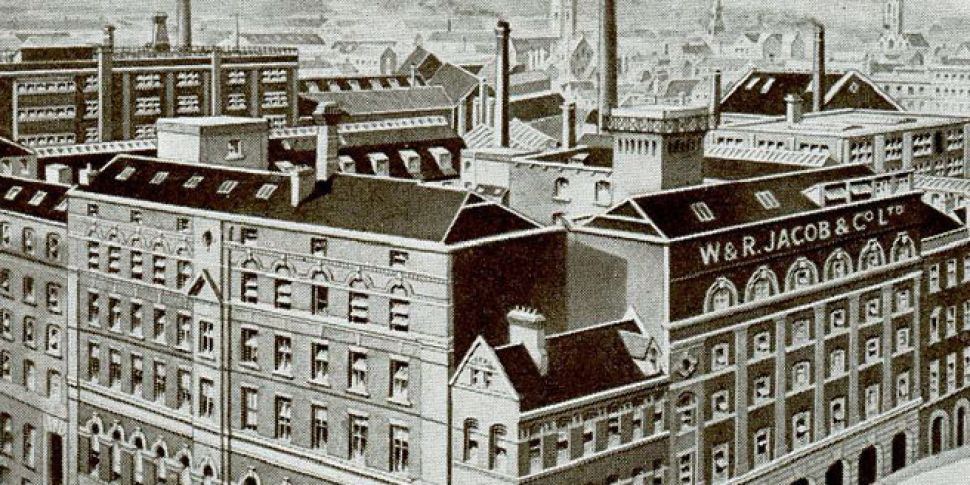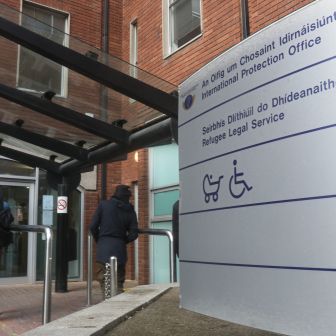The largest known remnant of a flag used in the 1916 Rising has been donated to Glasnevin Cemetery.
The 1916 Jacob's Tricolour was made after the GPO flag had been either shot or burnt down as the building came under fire.
It was decided that a replacement flag be made - and Thomas Meldon, George Ward and a third man Derry Connell (believed to be a nickname) were entrusted with the task of finding the material and creating the flag.
It was then nailed to a flagpole above Jacob's Factory before being removed from its position on Sunday April 30th, after the official surrender.
Both Meldon and Ward are buried in Glasnevin Cemetery.
Meldon lived at 45 Lower Gardiner Street and died on April 13th 1953. He is buried in the St Paul's section of the cemetery.
Ward, a leather worker, died in 1954 and is buried in the St Patrick's plot in Glasnevin Cemetery.
The special ceremony saw speeches from David Blake - a relative of John le Provost.
Le Provost, along with two other soldiers, climbed onto the roof of the Jacob's Factory and under fire from snipers hauled down the Tricolor.
"This year is the appropriate time"
How the flag was divided remains unknown, but Le Provost was given three pieces of it; one green, one white and one yellow.
Speaking at the ceremony Mr Blake said: "It is only correct and necessary that the Jacob’s Tricolour comes back home.
"I feel as if I had it for a reason; as if the family had been caring for the flag so when the appropriate time came, it should go back. This year is the appropriate time."
Chairman of Glasnevin Trust, John Green, added: "This is a special day for Glasnevin Cemetery Museum...It is not only the symbolism of the flag returning to Dublin, to the final resting place of its makers but also the stories it enables us to tell.
"The story of the Jersey contingent and the Royal Irish Rifles; the story of how the flag went to Jersey.
"The extraordinary letter of provenance from John Le Provost which complements the witness statement of Thomas Meldon so well.
"Glasnevin has several other links with the Jacob's factory and the Flags of 1916.
"Through the exhibition of this flag we will be able encourage museum visitors to delve deeper into this complex period in our history.









